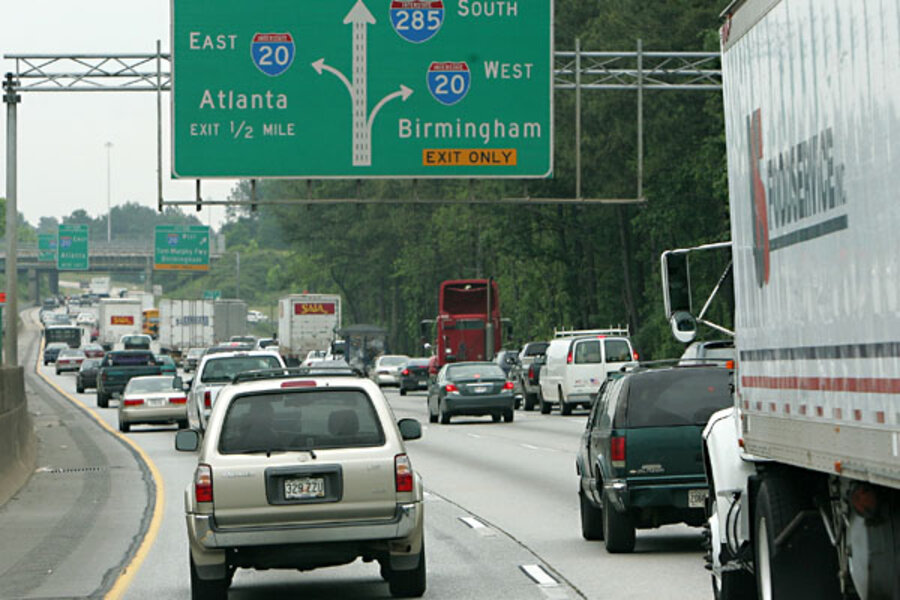Carpool from your phone: Ride-sharing apps take off
Loading...
From urban dwellers to long-distance commuters, more and more Americans are opting to leave the driving to others – and taking advantage of the growing number of ride-sharing apps available today.
The potential audience is huge. Census survey data shows the percentage of people car-pooling has remained around 10 percent for several years. Some 5 percent of commuters use public transportation and a whopping 76 percent drive alone. But convincing people to give up a car and share a ride with a stranger? With the number of ride-sharing apps popping up recently, it could just be that the time is right.
While some are limited to certain cities or geographic areas, other startups have intentions of going national, while yet still more are already doing business nationwide. The basic principle is the same: passengers looking for a ride use the app to post their request and the app searches for drivers in the vicinity willing to provide rides. Security concerns about riding with a stranger are handled by thorough prescreening. Cost of the ride varies, with some fares a voluntary donation at a recommended amount. User ratings help keep things on an even keel. A low rating of a passenger may mean drivers will refuse that person’s ride request in the future.
Here's a round-up of a few of the larger ride-sharing operations currently available.
SideCar
San Francisco-based SideCar launched its on-demand ride-sharing app at the end of June, available for iPhone and Android devices across the U.S. SideCar vets drivers with a background check, proof of valid insurance, proof of driver’s license and proof of registration. Rides are also tracked using GPS. As for passengers, they need to register with a valid credit card.
Zimride
Passengers in need of a local or long-distance ride can hook up with Zimride, now serving San Francisco, Los Angeles, Sacramento, Tahoe and Las Vegas. The app uses Facebook to enable real connections: setting up a profile, booking a ride or posting a ride. What’s it cost? Recent postings on the site included $40 per passenger from Los Angeles to San Francisco, $35 per person from Santa Barbara to Berkeley, and $40 per person from Oakland to Los Angeles.
Lyft
From Zimride, Lyft is an on-demand ride-sharing app competitive with SideCar. Lyft screens drivers, runs criminal background checks, and conducts a phone interview followed by an in-person interview with prospective drivers. Lyft rider fares are voluntary, based on a community average. Like SideCar, Lyft has a rating system for drivers and passengers. Drivers and passengers authenticate using Facebook. Currently, Lyft is only available in San Francisco using iPhone.
Avego
Using the Avego iPhone app, drivers can offer their unused seats to other people in real-time. The app combines GPS-enabled real-time ride-matching with fully automated payment transaction management, safety features, real-time passenger information, and commute reporting. At the end of the journey, Avego automatically charges the rider a fair and predetermined price for the trip, based on a per-mile default rate. Users (driver and passenger) rate each other using 1 to 5 stars. If either rates the other with 1 star, they will never again be matched together. See our previous coverage of the Avego ride-sharing app or check out the video below for more details.





